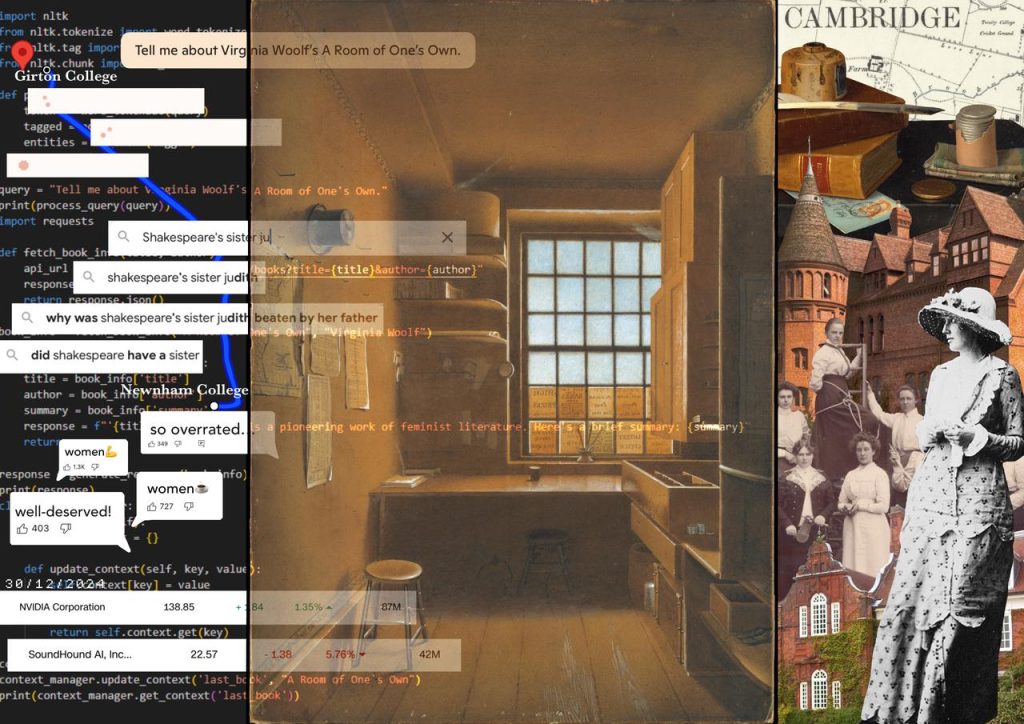
I have been moaning lately about the quality of so called research and publications about education, learning and the. use of Generative AI. Well, the hype is showing no signs of dying down but there does seem to be some pretty good research beginning to emerge. And I understand it takes time to do research especially if you are trying to find out about the potential impact of AI on learning.
Anyway, one publication, not so much about formal education, but about the use of AI in work and its potential impact of employment, which I liked is a research article 'The unequal adoption of ChatGPT exacerbates existing inequalities among workers' by Anders Humlum and Emilie Vestergaard and published on December 30 of last year.
In the abstract they say:
We study the adoption of ChatGPT, the icon of Generative AI, using a large-scale survey linked to comprehensive register data in Denmark. Surveying 18,000 workers from 11 exposed occupations, we document that ChatGPT is widespread, especially among younger and less-experienced workers. However, substantial inequalities have emerged. Women are 16 percentage points less likely to have used the tool for work. Furthermore, despite its potential to lift workers with less expertise, users of ChatGPT earned slightly more already before its arrival, even given their lower tenure. Workers see a substantial productivity potential in ChatGPT but are often hindered by employer restrictions and a perceived need for training.
Somebody - and I cant remember who - usefully got Chat GPT to do a summary and published it on LinkedIn:
- 41% of employees said they have used ChatGPT for work tasks.
- Women are 16% less likely to ChatGPT for work than men.
- Marketing professionals are the most likely to use ChatGPT (at 65%). Financial professionals are the least likely to use it (at 12%)
- Less experienced and younger employees are more likely to use it. Every year of experience and age reduces likelihood of use by 0.6 & 0.7 percentage points.
- More highly paid professionals are likely to use it.
- Employees think ChatGPT can lead to big productivity gains in their job. They said that it could half the time to complete about 1/3 of their tasks. However many employees remain very uncertain about time savings from using the tech.
- Despite these perceived time savings, employee regular use remains limited. For instance among employees who think it will save 1/2 the time in their job, only about 1/3 intend to use it.
- Employees think ChatGPT can lead to big productivity gains in their job. They said that it could half the time to complete about 1/3 of their tasks. However many employees remain very uncertain about time savings from using the tech.
- Despite these perceived time savings, employee regular use remains limited. For instance among employees who think it will save 1/2 the time in their job, only about 1/3 intend to use it.
- Time saving may not lead to greater productivity. 37% of employees said they will not complete more tasks if ChatGPT can do it for them. 24% said they will devote more effort to using ChatGPT if it can save time.
- The use of ChatGPT is mainly driven by individual worker initiative rather than company policy and systems.
- Employees often face frictions in using ChatGPT. The limiting factors seem to be lack of training (42%) and company restrictions on use (32%). Restrictions on use was particularly high in the financial sector (82%). only 8% of employees reported fear of job loss as a reason for not using chat gpt.
I think the finding that the use of ChatGPT is mainly driven by individual worker initiative rather than company policy and systems nis interesting. It is reflected in our findings from the AI Pioneers project that most use is of GenAI in vocational education and training is mainly driven. by individual teacher initiative! But most research in learning or rather more commonly education, had focused on formal teaching and learning. But of course most people trying out GenAI are informal learners and there has been less insight into this.
About the image
This image is inspired by Virginia Woolf's A Room of One's Own. According to this essay, which is based on her lectures at Newnham College and Girton College, Cambridge University, two things are essential for a woman to write fiction: money and a room of her own. This image adds a new layer to this concept by bringing it into the Al era. Just as Woolf explored the meaning of “women and fiction”, defining “women and AI” is quite complex. It could refer to algorithms’ responses to inquiries involving women, the influence of trending comments on machine stereotypes, or the share of women in big tech. The list can go on and involve many different experiences of women with AI as developers, users, investors, and beyond. With all its complexity, Woolf’s ideas offer us insight: Allocating financial resources and providing safe spaces-in reality and online- is necessary for women to have positive interactions with AI and to be well-represented in this field.
